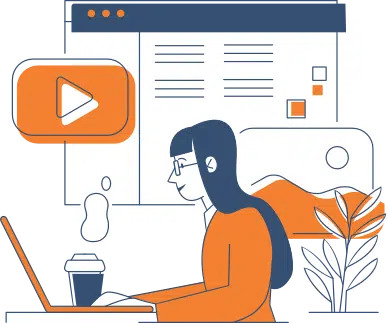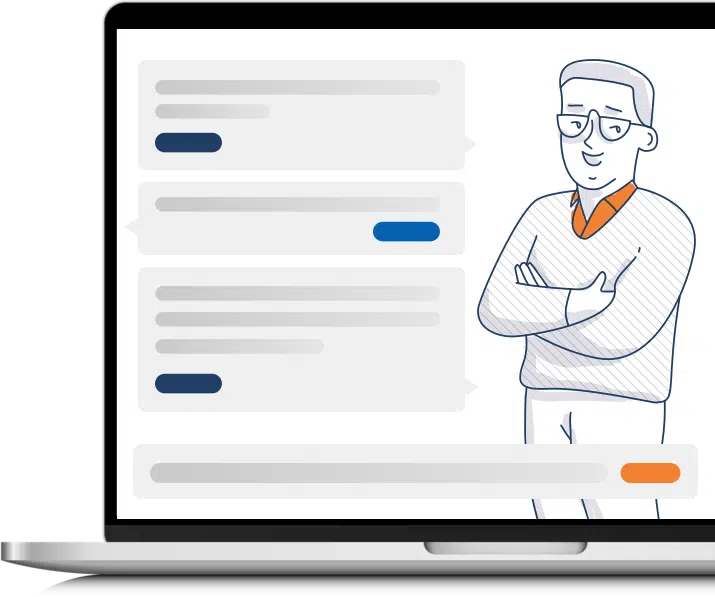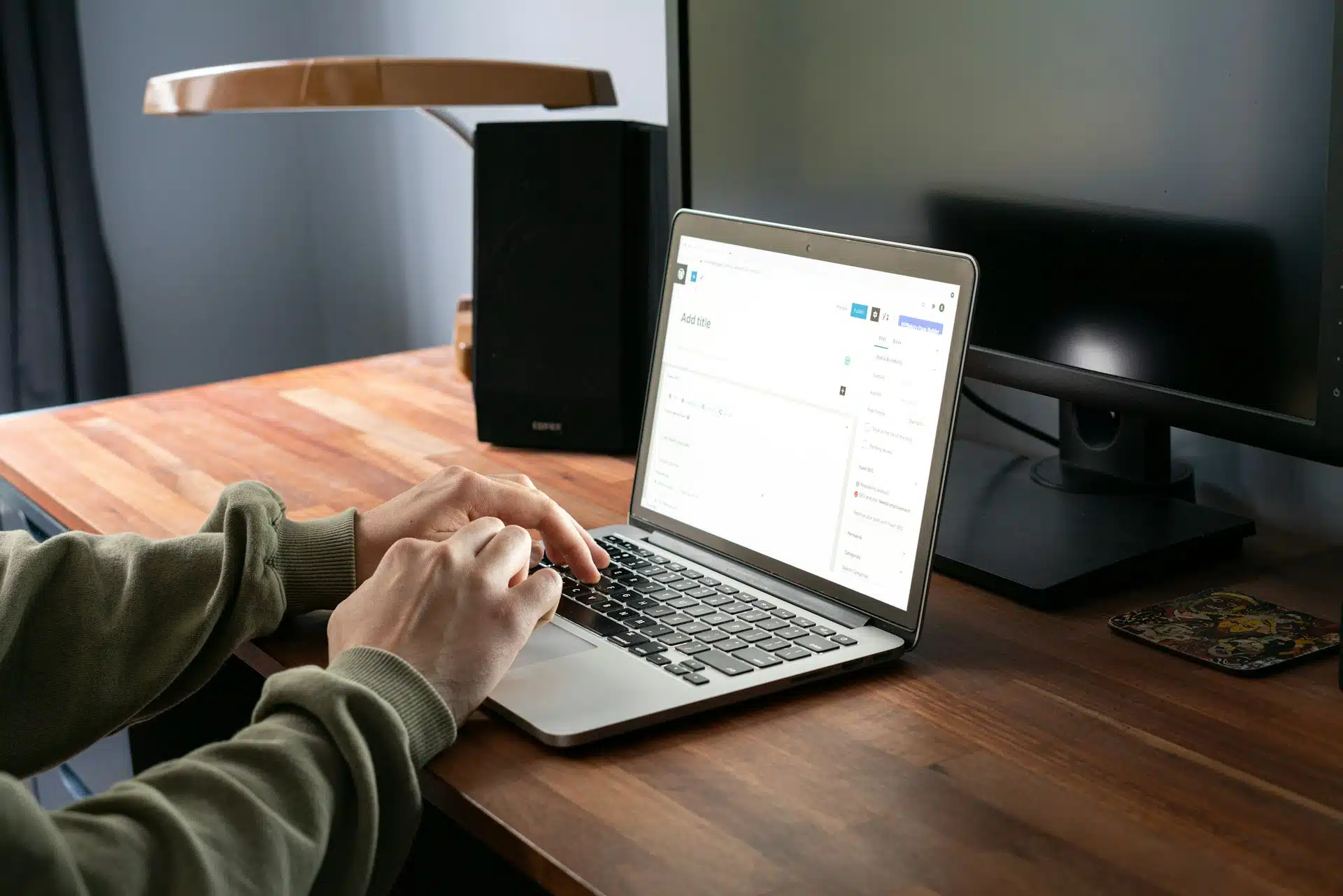
The sun’s been shining in Winnipeg – even if the temperatures aren’t where we want them just yet, they’re moving in the right direction.
We’re also going to keep moving in the same direction we were last week, talking about another familiar social network – and hopefully providing some inspiration as to why it’s a big deal, especially for businesspeople. This week, we’re talking LinkedIn.
What is LinkedIn?
LinkedIn bills itself as the professional social network, and for good reason. As one of the oldest of the currently-in-vogue networks, LinkedIN’s biggest and most obvious value is connecting professionals to others within their field, and providing a networking space for people that centers around their industry, their qualifications, or their own connections with business partners, clients, and others that their work lives touch.
As a social network – even as an online rolodex of sorts – it’s never been about your cats (unless you work with them), or your amazing ham sandwiches (unless you work with food) – it’s all about making and maintaining those connections which move your business forward. Which may, depending on your industry, actually involve cats. And ham sandwiches.
Thanks to LinkedIn’s tight focus on business and networking, it hasn’t suffered quite the same dilution of purpose some other networks have over the years. As such, most of the tools within the network are geared toward either;
- Accomplishing traditional networking tasks such as discussion, introductions, or cataloguing professional successes, or
- Providing visibility for individuals and companies to those relevant to them – either as potential employers, or prospective clients.
How is it usually used (by people)?
For most individuals, the platform is used much the same way as Twitter is, but without the character constraints on individual posts. There’s an ever-familiar news feed, you can share photos or blog posts, links, updates, and so on – none of that’s terribly surprising, nor does it require much strategic thought.
The meat, however, is in the less-universal features, the bits that make the platform stand out. LinkedIn has the ability to facilitate introductions between second- and third-hand connections, or even those you’ve never connected with in any way, if you’ve subscribed to their premium offerings. There’s extra visibility available when applying for positions through the LinkedIn platform, and tools to do competitive research against those also in your field.
The most common recommendation for getting value out of LinkedIn is… Using the recommendations system, naturally. Users can create endorsements, either by directly marking out which skills a given person has experience with, or by writing short letters of recommendation for others in specific roles, based on business experience they have with those users.
And then there are the groups. Discussion forums have been an integral part of the internet for the better part of twenty years, but LinkedIn has been an absolute boon to many professionals by acting as a back-channel – a cross between virtual watercooler and virtual trade association.
- If you’re a contractor, why not join a construction safety group? There are over 12,000 members in the first search result for this kind of group alone.
- Are you an HR Professional? There’s a group with nearly a quarter million members – and it’s a private group, meaning your credentials and application to join must meet the group manager’s standards. That’s a lot of industry knowledge and experience to draw from.
Run searches for any professional interest, qualification set, educational background, or industry you like. You’ll probably find a number of excellent groups where professionals exchange knowledge, insight, and ask questions – which you may be able to answer as well – on a regular basis.
Where is the business benefit?
Naturally, LinkedIn has developed a strong suite of business tools to complement their offerings for professionals.
Much like some other networks – notably Facebook, with its Pages system – companies making use of LinkedIn get their own news feed, can be followed by those interested, and can promote individual newsfeed updates for better visibility in LinkedIn’s global news feeds. Businesses can also run more specific advertisements, to be shown to audiences based on the information in user profiles. These tools are responsible for the network’s very high B2B (business to business) marketing value – something other platforms have shown much less compelling results with.
There are also a number of tools for recruiting, job listings, and other key staffing challenges – which makes sense for LinkedIn’s focus on professional connections. Again we see a business level of premium service offerings, allowing hiring managers to hunt for professionals who fit their needs.
LinkedIn is also very dedicated to helping companies take advantage of their employees’ networks –after all, those who work for a company are often your best ambassadors, since they communicate with clients constantly. Just this week, a new tool called Elevate entered closed beta testing. Elevate is aimed at helping employees act as brand advocates more readily – it’ll be interesting to see just what tools and metrics become available through this tool over time.
All of this sounds complicated – but it’s not.
LinkedIn has a lot of tools available, but its core message is very simple; professional networking is important for the growth of your organization, and those who work within it. In short, it’s about;
- Creating and maintaining visibility for your business
- Helping your people cement connections with those in their fields, as well as your clients
- Participating in professional discussions and growth, both for your organization and for those within it
All three of these aims are very similar to those of any other network – it just so happens that LinkedIn is tailored very specifically to business networking.
Next week, we’ll be looking at another social network. If you have any suggestions for networks we should tackle, or questions about LinkedIn, please feel free to get in touch or leave a comment here.
Source: Hello BLOG
Recent Articles
Write For Us
Think you’ve got a fresh perspective that will challenge our readers to become better marketers? We’re always looking for authors who can deliver quality articles and blog posts. Hundreds of your peers will read your work, and you will level up in the process.Ready to grow? Say Hello






